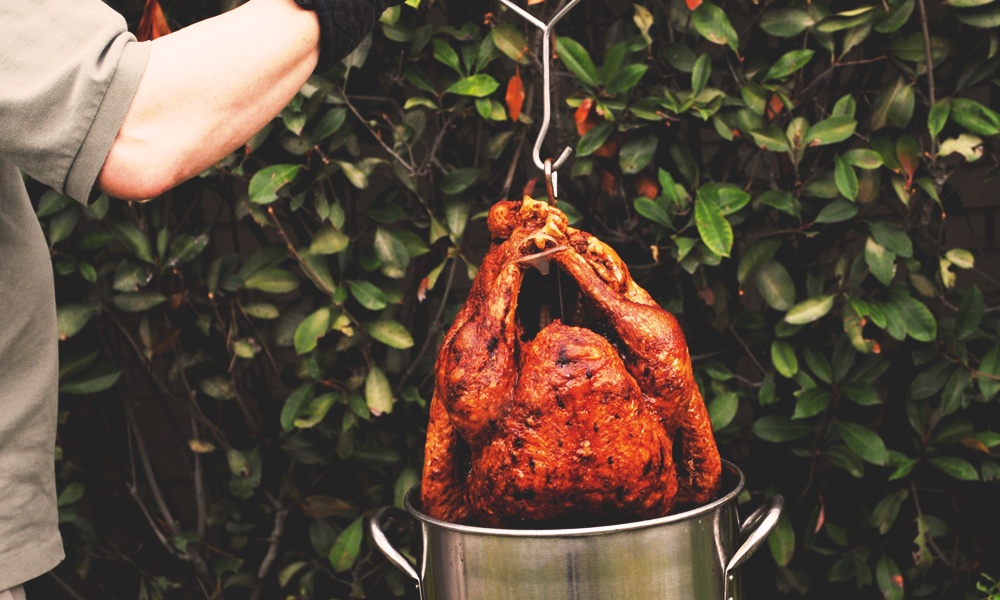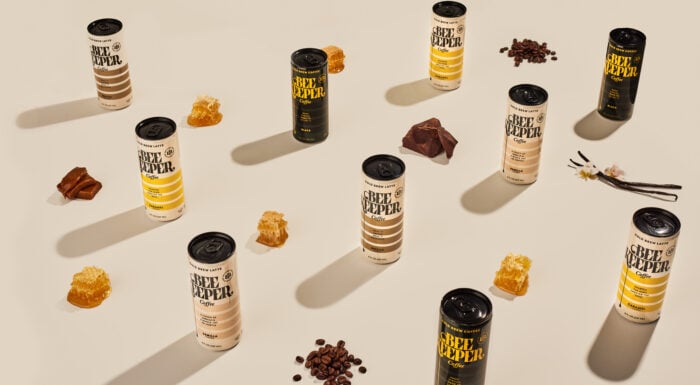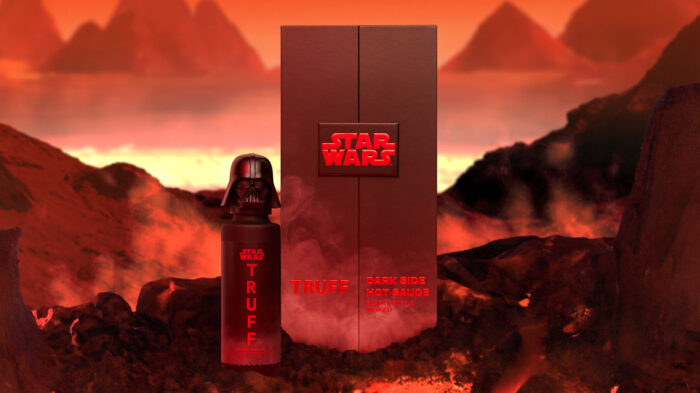Thanksgiving is that special time of year where families come together to smile and eat a lot and grow increasingly more agitated with one another as the evening presses onward. At the end of that dark and mildly prejudiced tunnel, there’s one thing we can all look forward to: The turkey.
There are plenty of ways to cook a bird, but our favorite—by far—is a deep fryer bath. There truly is nothing like a well-fried bird. Crispy on the outside, succulent and juicy on the inside; it’s a life-changing experience. The problem is, it can be confusing and even a little intimidating trying to figure out everything you need to deep fry a turkey. That’s why we compiled the complete how-to guide for deep frying a turkey without lighting your house on fire.
WHAT YOU’LL NEED
The Right Bird
Remember those days as children, when Mom or Dad would come home with the massive Thanksgiving bird—a good 25-pounder for the table? Well, leave that behind if you’re intent on frying, because this is about quality, not quantity. Ideally, you’re looking for a bird between 10 to 16 pounds. Anything heavier and, even if you’ve properly thawed your bird, you’re going to burn out the skin before you get to the actual meat and everybody knows the skin is the best part. If that pains you a little too much, try picking up two birds. Since they take way less time to cook than a conventional oven, cooking two birds is actually feasible.

A Quality Oil Thermometer
It’s the smallest part of the puzzle, but it’s invaluable to the process. Temperature matters no matter how you’re cooking something and oil is far more volatile than an oven. A quality oil thermometer can mean the difference between the perfect Thanksgiving and a crispy fried mess.
At Least a 30-Quart Pot With Fry Basket/Turkey Brace
Choosing the right pot for deep frying can be a little difficult, because you don’t want something so big that it becomes cumbersome, or something so tiny that it creates a possible overflow safety hazard—when oil makes contact with an open flame, chaos can and often does ensue. For a 10- to 16-pound bird, at least 30 quarts will be necessary, and even better if you can find yourself a 40-quart one.
Most half-decent fryer pots will come with them, but you’ll also require either a turkey brace or a fry basket to help get the bird into and out of the oil. Plan ahead, because you don’t want to be improvising a way to get a turkey out of scalding hot oil.
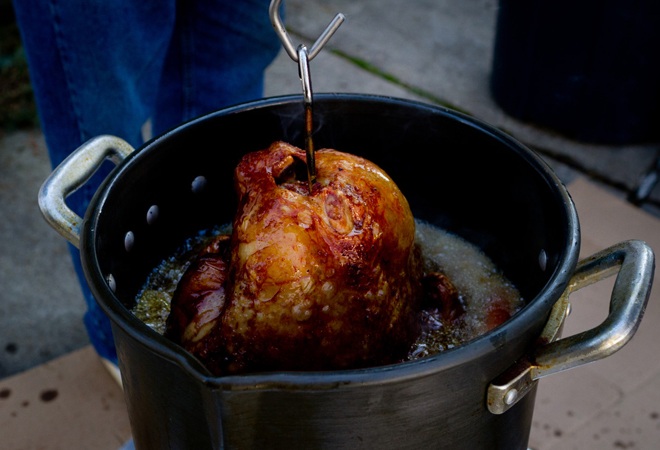
Oil—Lots of It
You’re going to need enough oil to submerge the bird about two inches under, so depending on the size, that could be quite a bit. How much, exactly, depends on the dimensions of your pot, the size of the bird, etc. As far as what oil to use is concerned, peanut is ideal (although consider the dietary restrictions of your guests), but you can use just about anything with a high smoking point—soybean, safflower, even cottonseed. Just stay away from canola oil here.
A Propane Burner
Every year, a video of someone totally fucking ruining their house pops up because they didn’t think an accident could happen. Spend the extra 50 bucks and get yourself a quality outdoor burner, and make sure you set it up in a place that gives you plenty of extra room for an “oopsie.” Driveways and backyards are ideal, just make sure it’s somewhere that won’t go up in flames.
PREPARATION
The Night Before
Prepping to deep fry a turkey starts well before the day you want to fry. The night before, take your turkey, put it in the pot, and then fill the pot with water until the turkey is completely submerged. Take the turkey out of the pot, and note where the water level is. Take a marker and make note of the water line. That’s how much oil you’ll need for your pot.
NOTE: Seriously, DO NOT try to guestimate your way to proper oil level. Too much oil will boil out of the pot, onto the burner, and start a massive grease fire. Too Little oil means a partially cooked bird, and that’s almost as bad as a massive grease fire.
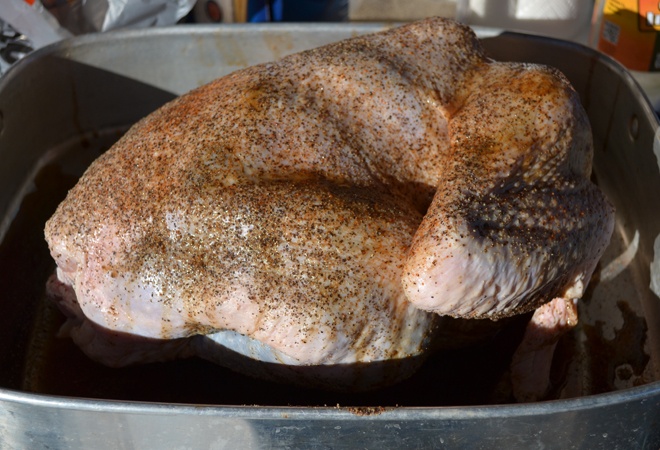
Seasoning
After you measure out the water, take the bird, dry it off completely, and season it the way you’d like. For deep frying, we recommend a good brine, a dry rub of your choice, or if you’re feeling like a master chef, an injection—garlic, butter, and kosher salt are our go-to’s. With a brine, just be careful to rinse and pat down everything until it’s dry. A brine’s mostly water, and if room temperature oil and water don’t mix, boiling oil isn’t going to be any better. After you’ve seasoned the bird and butchered the neck and giblets, allow it to marinade overnight.
Setting Up The Burner
When setting up the burner, make sure you’re doing so on a flat, even, sturdy surface, and that every prong of the burner’s base is flush to the ground. That probably sounds like some unnecessary common sense, but you’d be shocked at how dangerous deep frying a turkey can be, even if you’re not a total idiot. Before you do anything, test your lines, and make sure there are no leaks. If all checks out, ignite the flame.
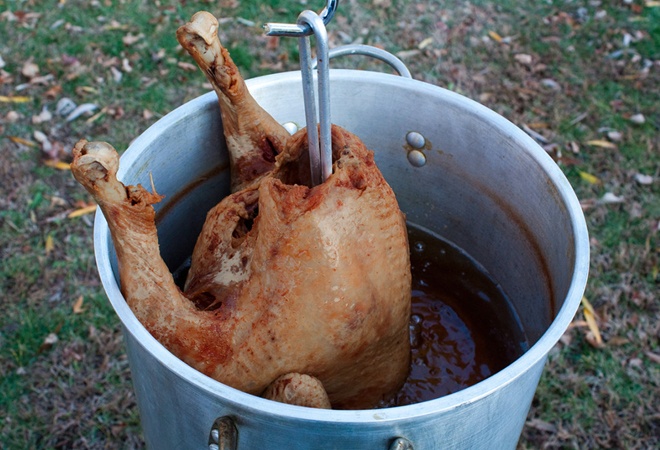
Loading The Bird
The only thing left to do before frying is loading the turkey on the brace or fryer basket. Whichever method you choose, load the turkey shoulder-side-down and make sure your handle extends far enough outside of the pot so that you won’t risk burning yourself when grabbing it. Additionally, if it’s going to be sitting in a basket, make sure you give the skin touching the metal a good baste of whatever oil you’re going to be using to avoid sticking.
COOKING THE BIRD
Ahh, the finale! Cooking doesn’t take a lot of effort, so much as it does care.
Begin by filling the pot with oil, all the way up to the line you’ve already marked. Turn on the burner and bring the oil to between 350 and 375 degree Fahrenheit. Once you have that going, grab your bird and lower it very slowly into the oil. Don’t be alarmed if it starts to splash, spatter, and boil around it—so long as you dried it well and removed the excess water from it after the water soak (or brine), you’ll be good.
If you want to be extra safe, you can also turn the burner off completely for this part. You won’t lose too much heat, and it removes all the “the accidentally overflowing oil just ignited and now I’m on fire” danger from the equation. Or, if you have a partner, you can simply have them keep an eye on the burner and, if things start to go south, cut the burner immediately. Whatever makes you most comfortable.
Once the bird is fully submerged in the oil, you’re going to want to keep the oil at a consistent 350 to 375 degrees Fahrenheit—this is perhaps the trickiest part, especially for first-time cookers.
Now, you’re going to see a lot of recommendations for how long you should leave your bird in for. Estimates seem to be all over the place, but as a rule of thumb, you want to cook the bird at 3.5 minutes per pound. You can also cook it at an even 3 minutes per pound and then an extra 5 minutes at the end. On a 15-pound bird, that’s a difference of 2.5 minutes in the fryer, which won’t make too much of a difference.

When the time is up, check the bird by gently pulling it a quarter of the way out of the pot. If it looks crispy and golden brown remove it entirely. If you want to be extra safe—and you should—use an actual meat thermometer. The breast meat should be at least 165 degrees Fahrenheit, and the dark meat should be at least 175 degrees Fahrenheit.
If all is good, you’re ready to eat! Throw that thing on the table and blow your family’s mind with its deliciousness. Happy Thanksgiving!

